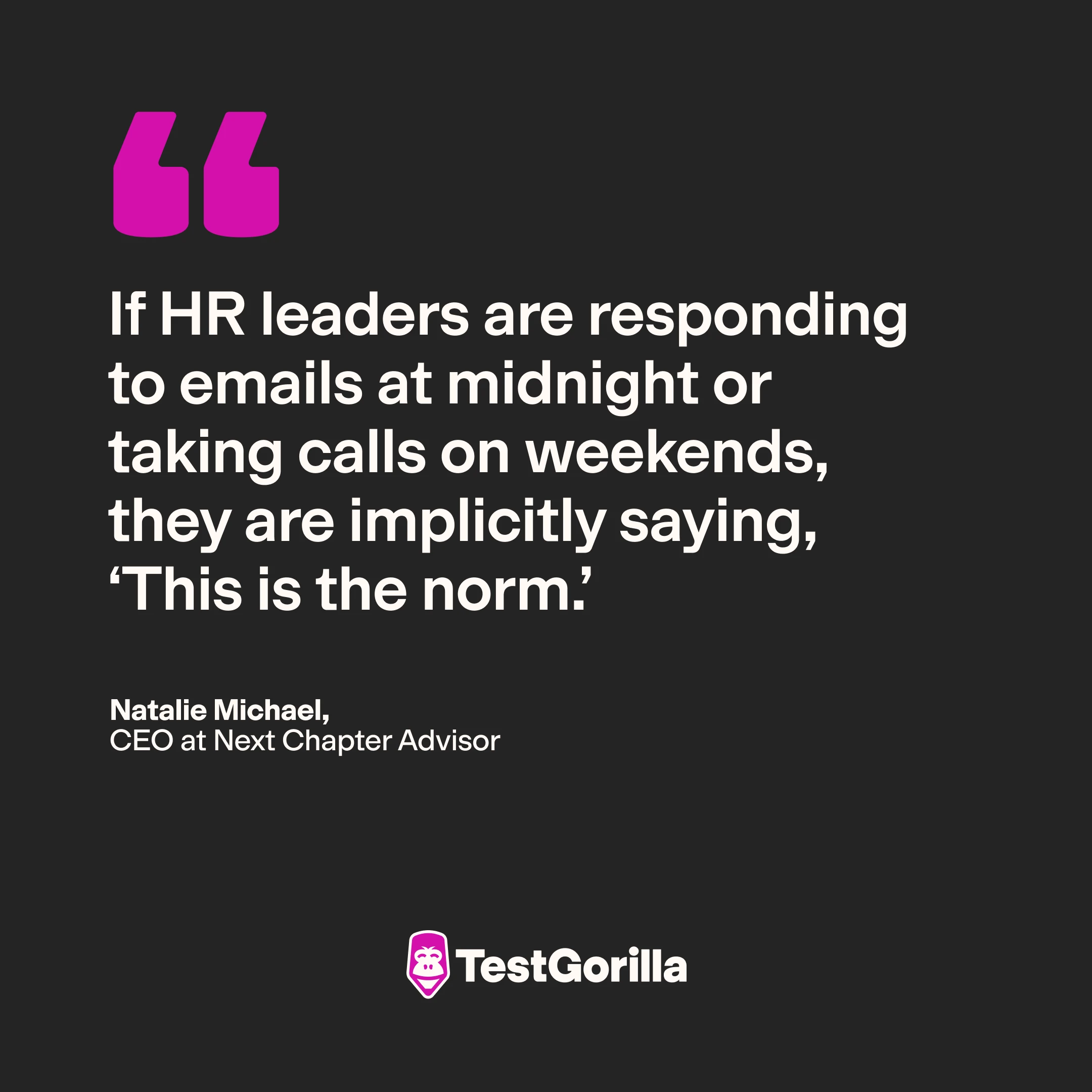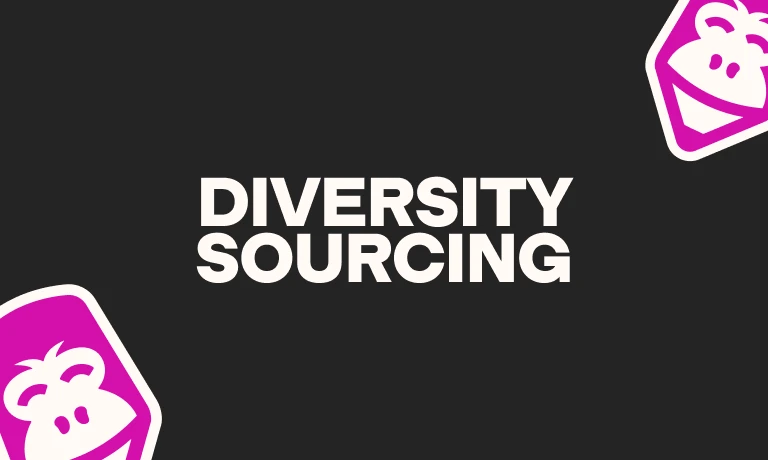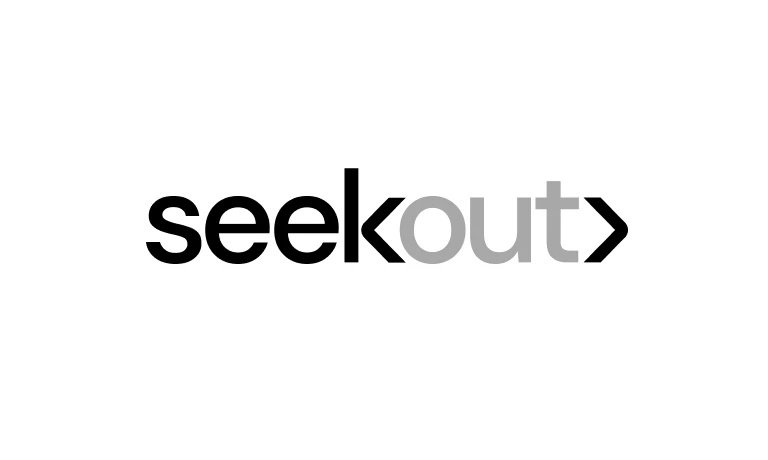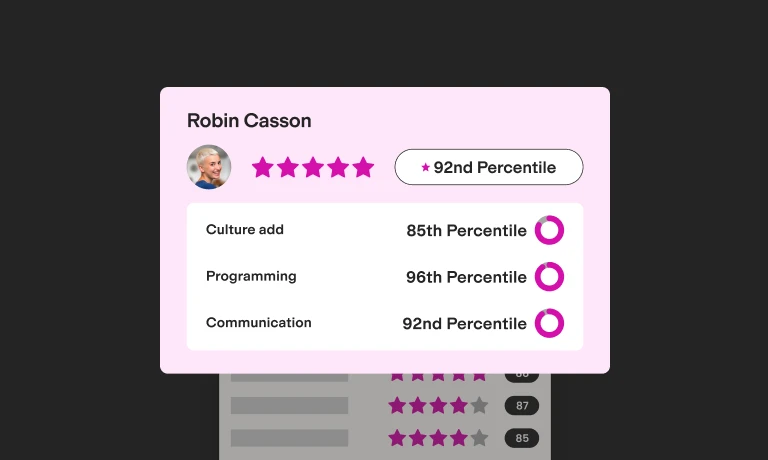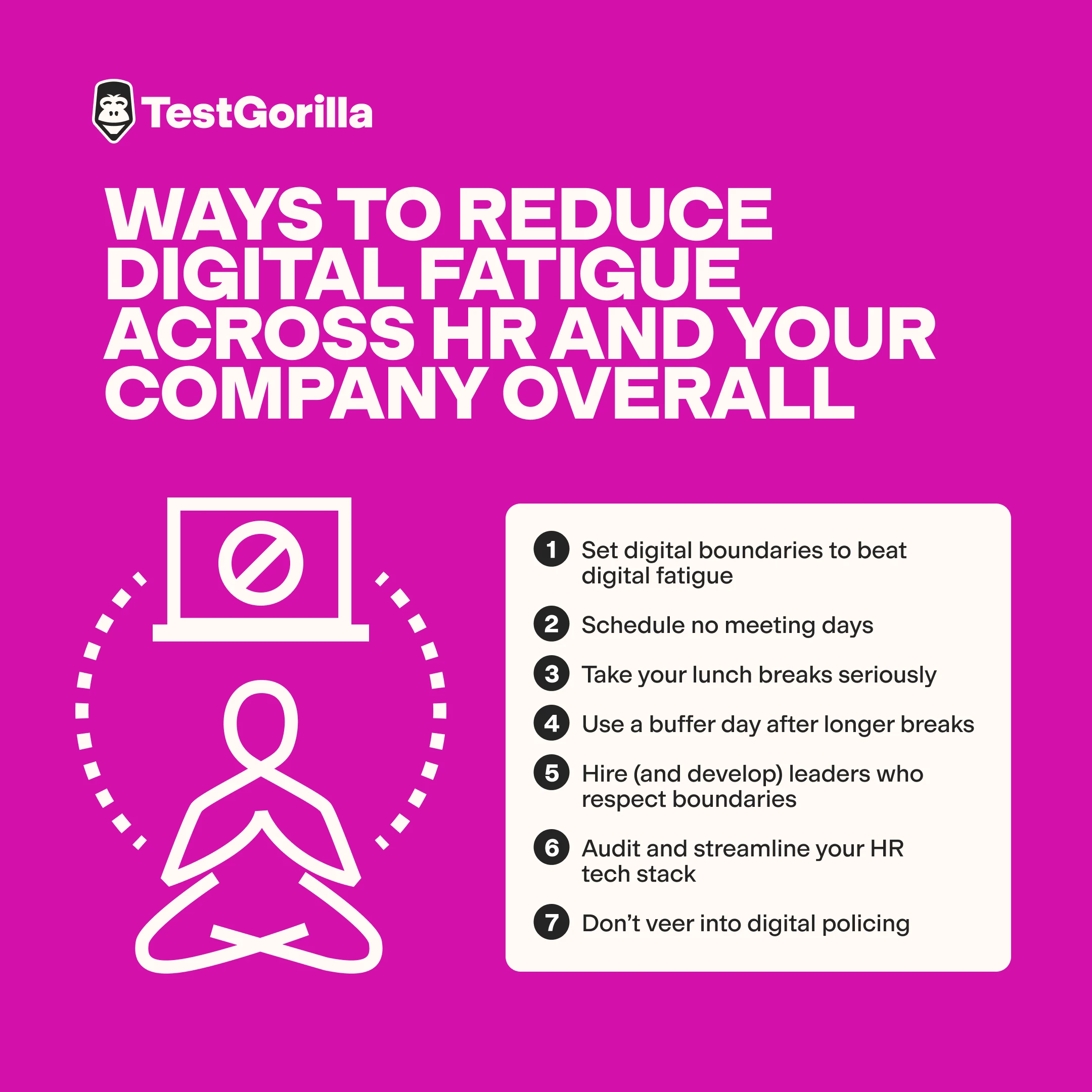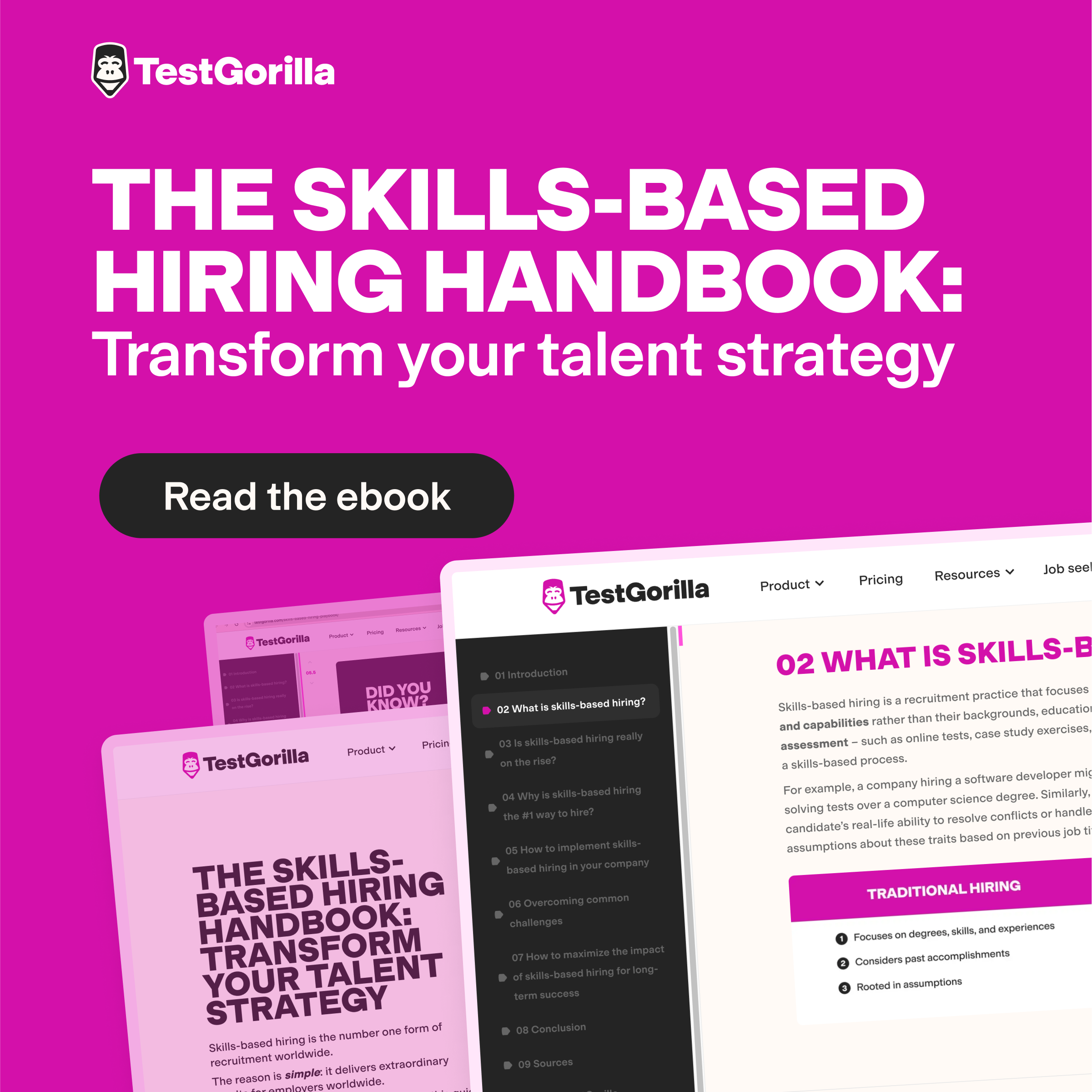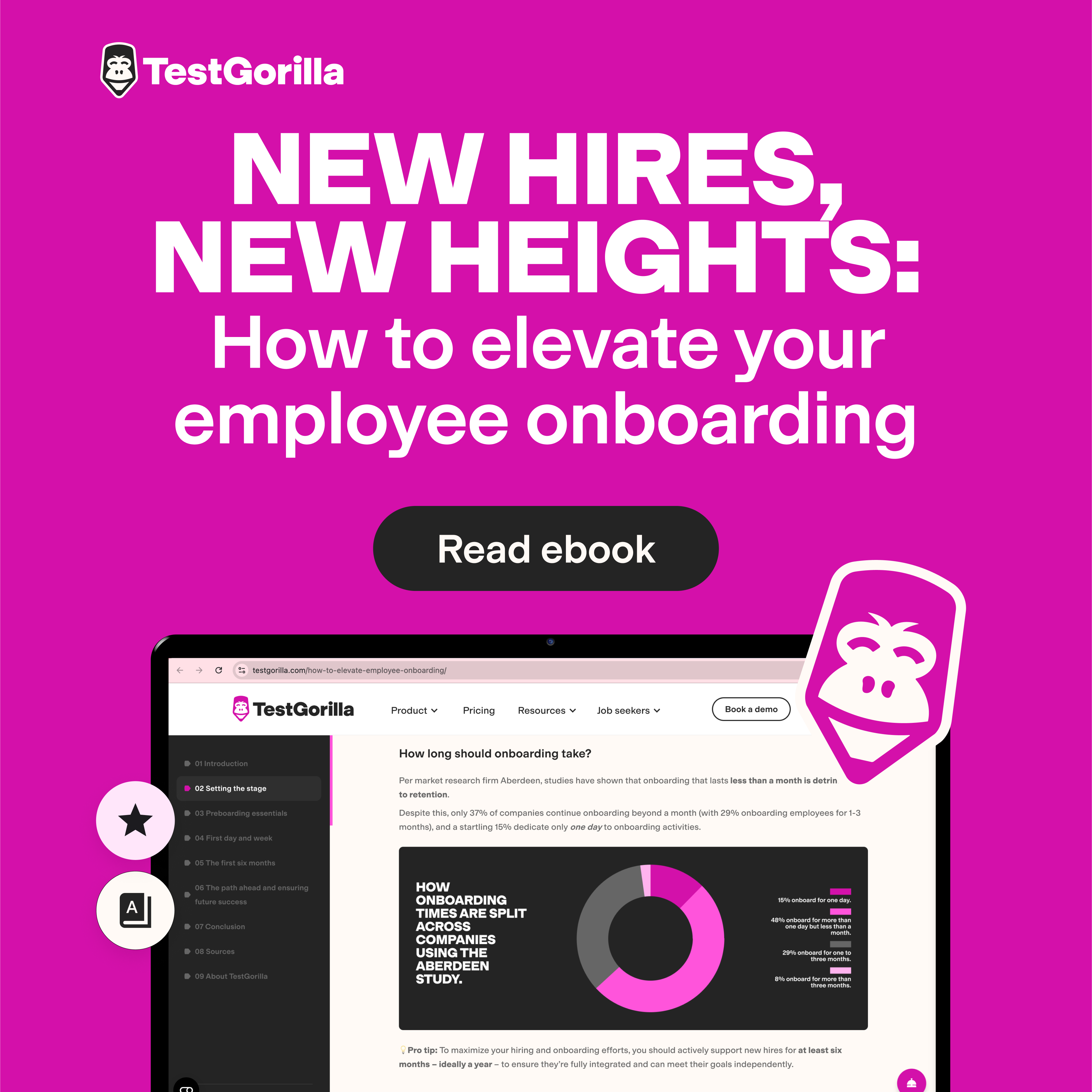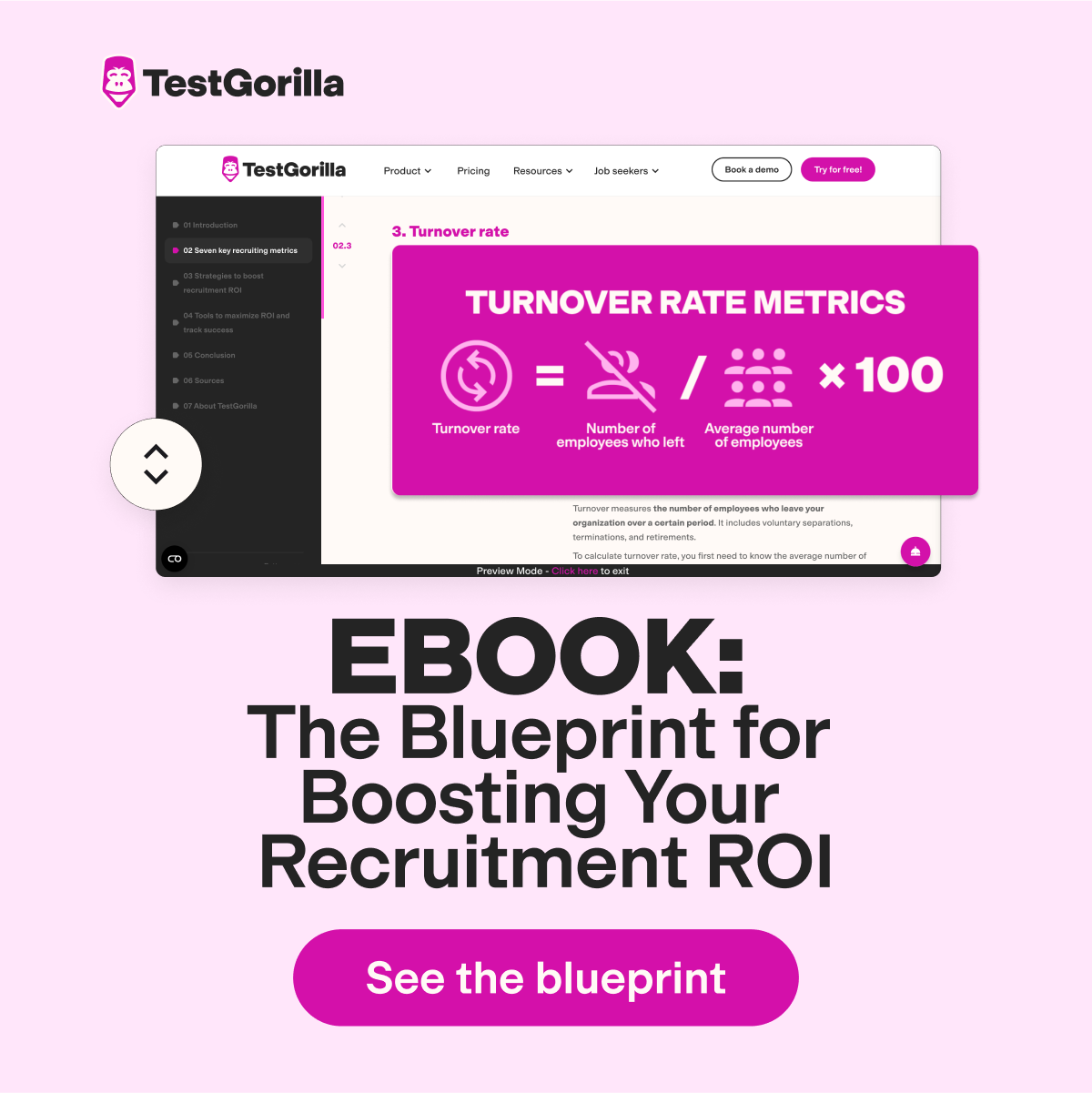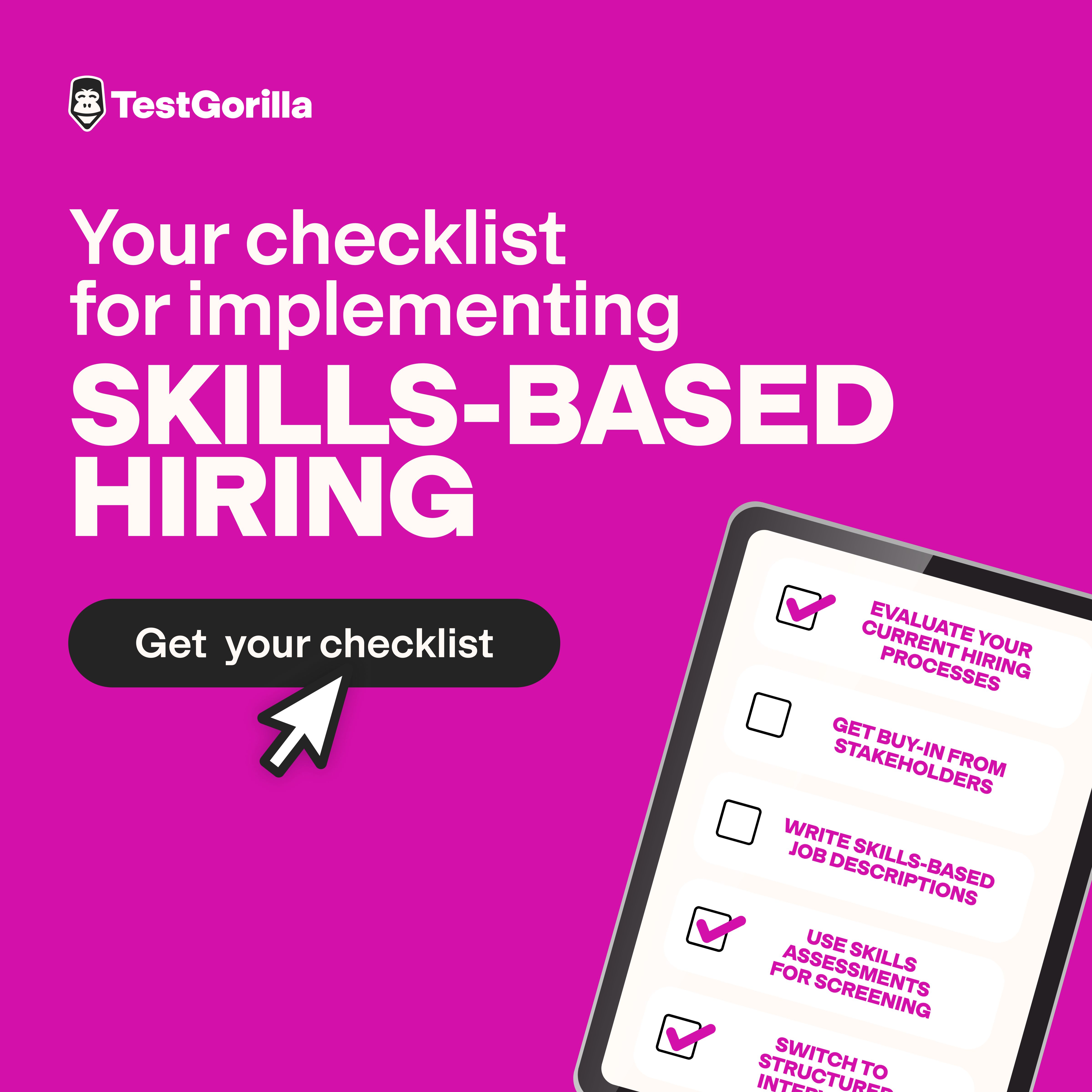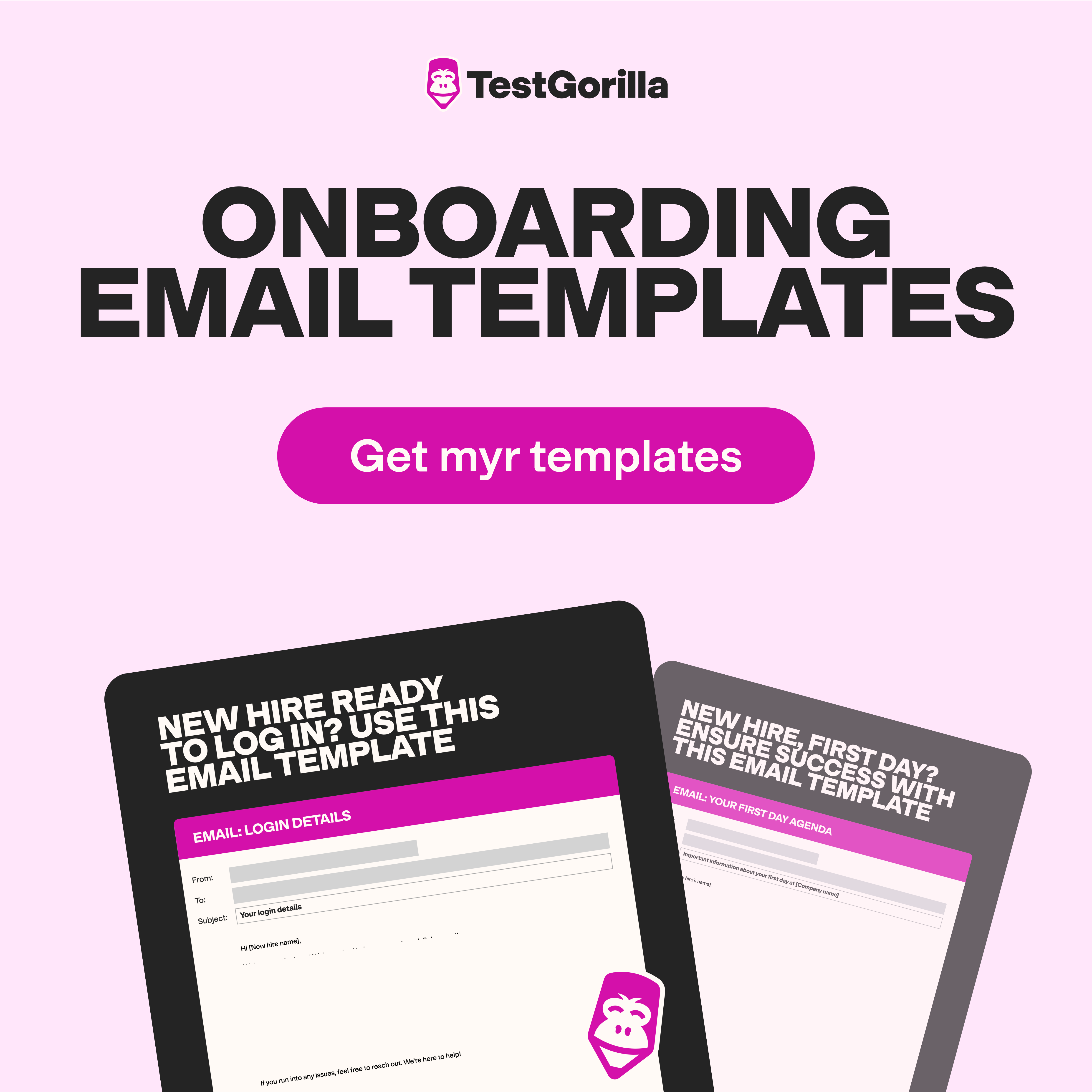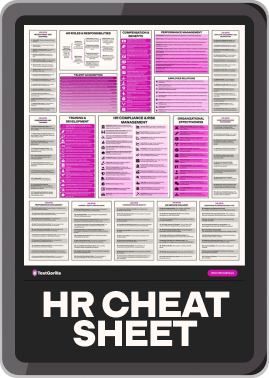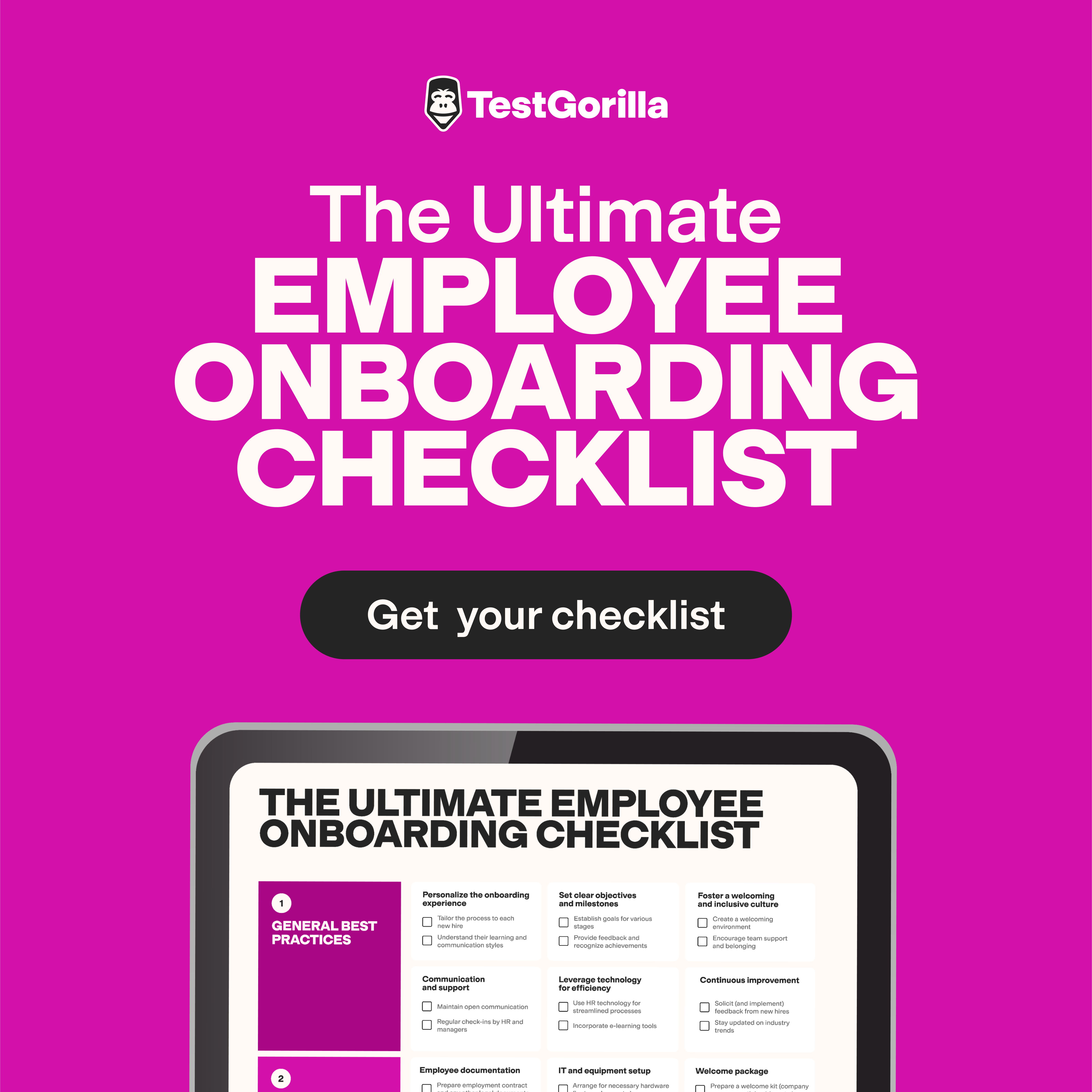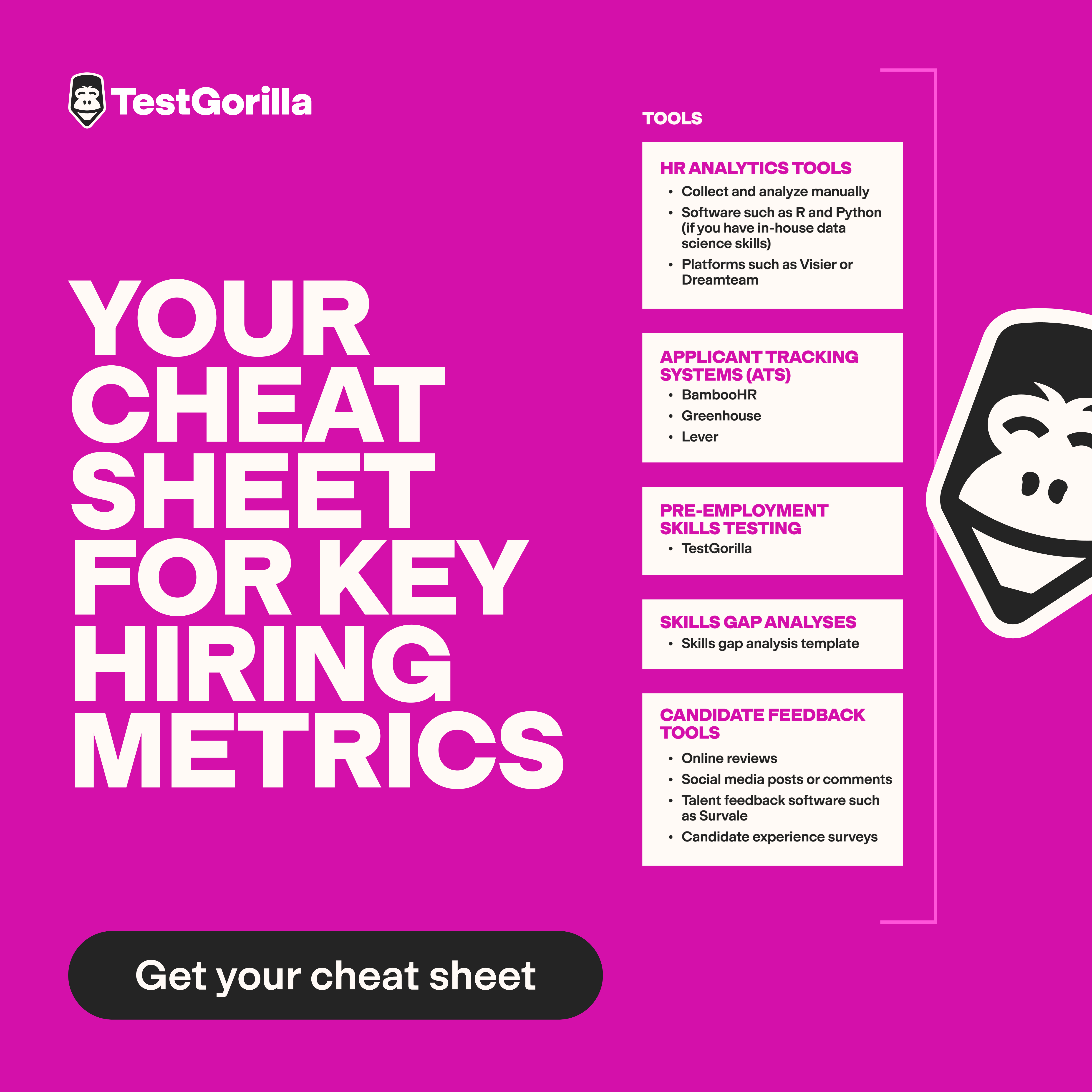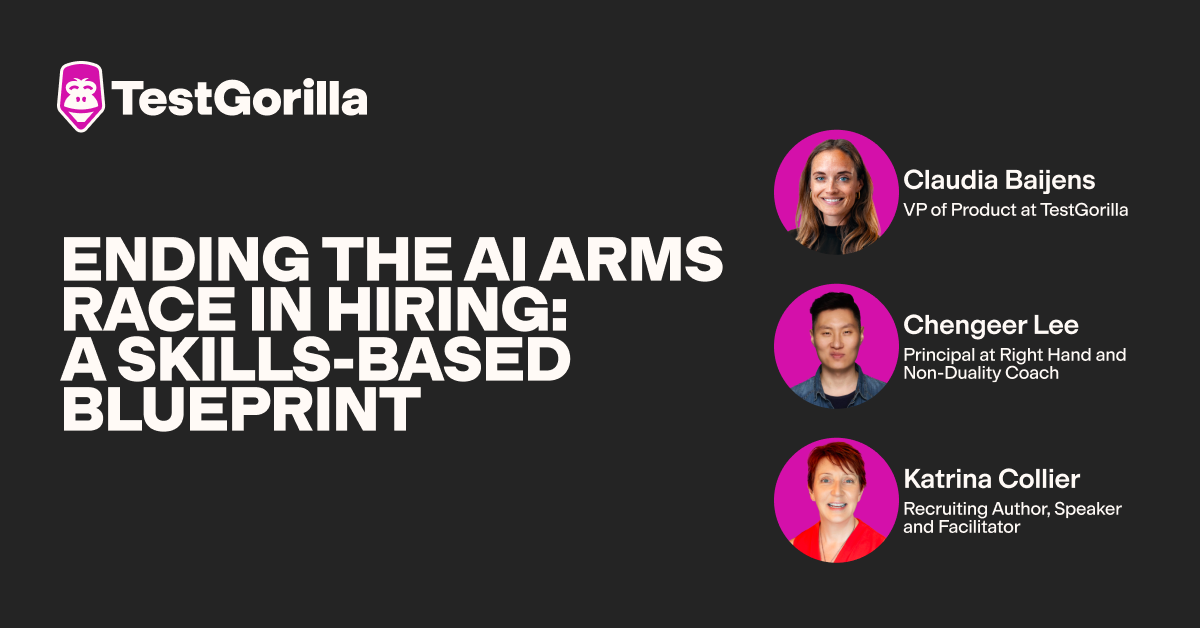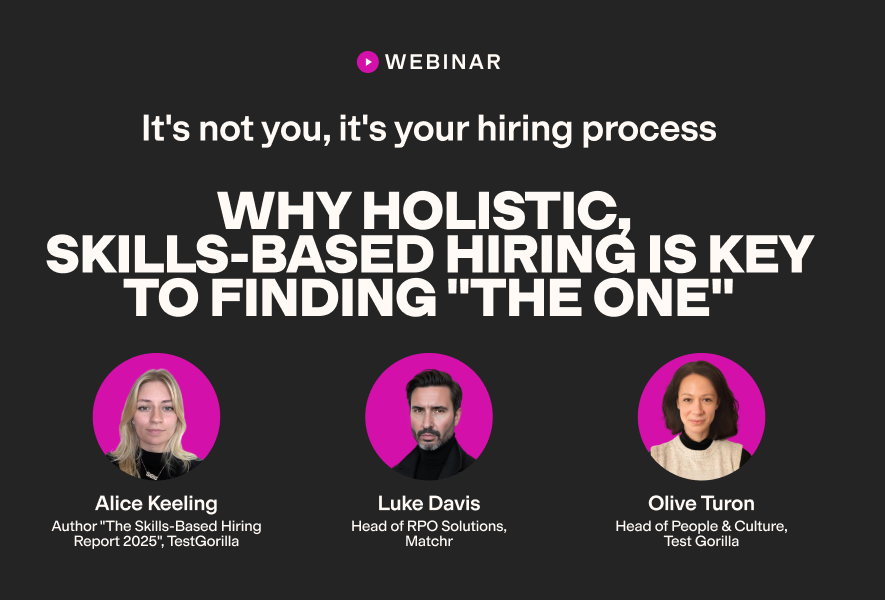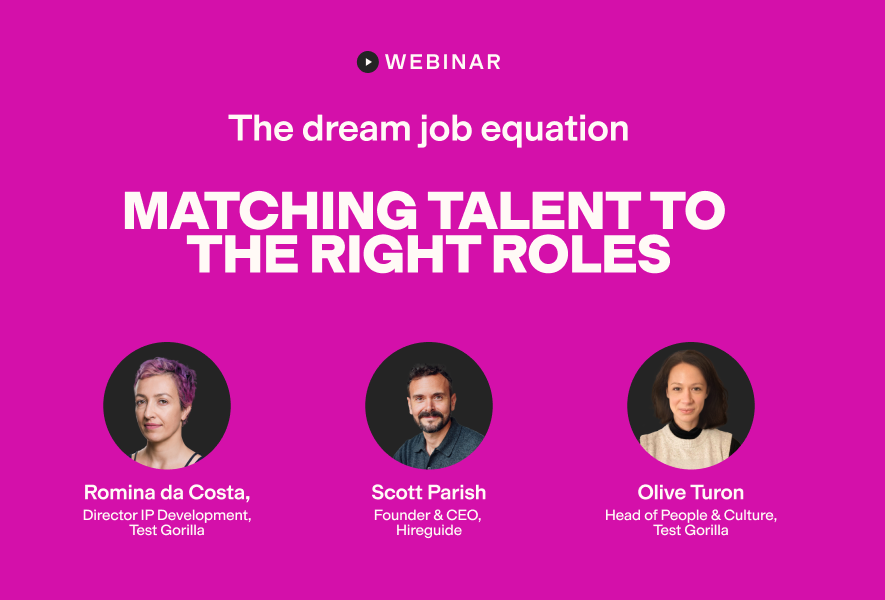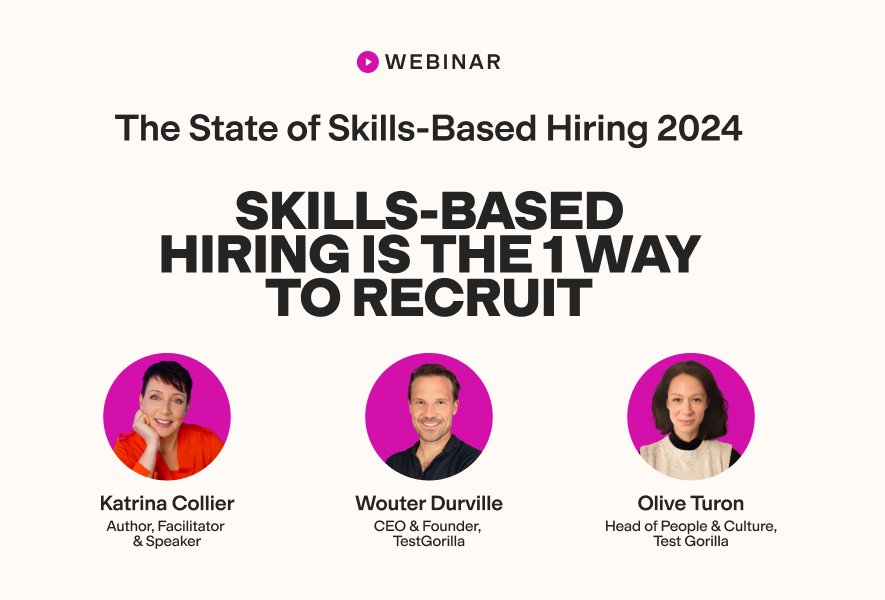Missing paycheck? HR will sort it out. Team conflict? Get HR to mediate. The top employee quit? Ask HR to work their magic.
As an HR professional, you’re pulled from every direction – all day, every day, and even after hours – especially in today’s fast-moving and always-online world. But who’s looking after you?
HR teams are exhausted and dealing with digital fatigue – the mental and physical burnout associated with spending so much time on screens. Standard PTO days or mandatory two-week digital detoxes won’t cut it anymore.
In this article, I explore why HR professionals are experiencing digital fatigue and provide tips on establishing boundaries that offer real relief – not quick fixes.
Digital fatigue is hitting HR harder than ever, and no one’s paying attention
I recently interviewed HR expert and resilience coach Kirsty Baggs-Morgan, who conducted a survey at the end of last year and found that 78% of HR professionals have experienced burnout, and 30% said it’s happened more than once.
Screen fatigue and digital exhaustion – among other factors – have been linked to burnout.
Deel’s The State of Digital Fatigue survey revealed that, after company leaders and owners, product managers and HR teams (53%) experience the most digital exhaustion.
Let’s look at why HR, in particular, has it harder than ever.
Everything, everywhere, all at once
HR teams are the ultimate multitaskers, juggling a wide range of tasks and catering to employees and management. Some tasks are highly administrative, manual, and time-consuming. Deloitte, for instance, found that HR staff can spend as much as 57% of their time on admin tasks.
But that’s not where it ends. HR also shoulders the emotional weight of their organizations – especially now that we’ve moved into an era of uncertainty, layoffs, and shifting employee priorities. A recent survey by Qualtrics revealed that 74% of HR staff members reported increased involvement in strategic initiatives related to uncertainty, restructuring, and mental health support compared with pre-pandemic times.
The digital nature of today’s workplace means all these requests and problems come in constantly, so HR professionals are caught in a nonstop flow of strategic initiatives, emotional labor, and decision-making.
Worse, there’s often an unspoken expectation that HR should be responsive around the clock, especially with company leaders, who often catch up with their “admin” items after work hours or on the weekend. This pressure to always be available leaves HR with little to no way to switch off completely.
When they showcase constant availability, they reinforce this expectation. According to Natalie Michael, CEO at Next Chapter Advisor, “If HR leaders are responding to emails at midnight or taking calls on weekends, they are implicitly saying, ‘This is the norm.’
Time zone differences are stretching HR thin
As companies become increasingly global, remote, and focused on cost-cutting, many are outsourcing HR operations to more cost-effective locations. One report suggests that the HR outsourcing market, valued at $39.25 billion in 2024, is projected to reach $57.6 billion by 2033.
HR teams are increasingly working across time zones to support employees and leaders.
While this sounds smart on paper, it often means having early-morning or late-night check-ins, relying heavily on virtual communication tools, and toggling between regional issues, local labor laws, and cultural dynamics – leading to screen fatigue and mental overload.
The HR toolkit is getting bigger and bigger
Today, almost every aspect of HR – from hiring and performance to benefits, payroll, and training – is managed online. HR team members rely on various digital tools to get things done.
The global HR technology market size is projected to grow from $40.45 billion in 2024 to $81.8 billion by 2032. According to a Deel report commissioned with YouGov in 2024, 38% of HR decision-makers report using AI in HR practices and workflows, including analytics, learning and development, performance management, and employee onboarding.
While these systems simplify and streamline work in many ways, they don’t necessarily reduce the amount of work required. In fact, higher-ups may expect HR to effectively juggle increased workloads on the assumption that these systems make work easier.
In addition, HR professionals spend hours switching between platforms – applicant tracking systems (ATSs), HRIS dashboards, engagement tools, email, scheduling tools, messengers, and more. Each system requires its own setup, training, and troubleshooting demands – all which frequently fall squarely on HR employees. It’s digital overload.
Culture-building and hiring have gone fully digital
Owl Labs’ 2024 State of Hybrid Work report mentioned that, despite popular belief and return-to-office mandates, hybrid and remote work trends are actually growing. Findings showed that full-time office-based work decreased by 6% between 2023 and 2024 and is expected to continue dipping.
This means HR professionals must continue running deeply human processes like assessing a candidate’s energy, welcoming new hires, creating a sense of belonging, establishing culture, and more through virtual interviews, Zoom happy hours, onboarding video calls, online training and webinars, and digital surveys.
This adds screen time and requires more emotional energy to compensate for the lack of genuine connection.
There is such a thing as too much data
While data absolutely gives you hard, concrete facts to use for decision-making, it can feel like overkill in some areas of HR – for instance, conflict resolution, leadership coaching, and inclusion are too nuanced to be reduced to numbers.
Yet, modern HR is expected to be data-driven – retention metrics, burnout scores, engagement dashboards, diversity trackers – you name it. One Deloitte report showed that high-performing organizations use an average of eight different data sources for people analytics. This means spending hours compiling reports, tracking data, and wrangling software to prove impact. This leads to more screen time, more admin, and more potential for digital burnout.
9 signs you’re digitally fatigued
When you’re busy handling everyone else’s stress, it’s easy to miss noticing your own. Here are some signs that could indicate digital fatigue is creeping in quietly for you or other HR staff.
You…
Dread opening your laptop or inbox in the morning.
Experience ping fatigue – a feeling of panic and anxiety when you hear the chimes, buzzes, and dings of notifications and tools play loudly on your device.
Feel drained by even short virtual meetings, and find yourself making excuses to avoid attending longer ones.
Are always switched on, checking messages, or feeling guilty about not replying – even after work hours or over weekends.
Think small tech glitches feel like major breakdowns.
Forget things more often – scheduled meetings, people’s names, personal commitments, etc.
Find it exceptionally challenging to get back to the world of screens, emails, and messages after a holiday or complete digital detox.
Feel like you’re constantly reacting, with no time to lead or stay proactive.
Feel strangely disconnected or emotionally checked out from the people you’re helping as an HR expert, making HR feel less human-centric.
The best insights on HR and recruitment, delivered to your inbox.
Biweekly updates. No spam. Unsubscribe any time.
The compounding dangers of HR burnout
HR professionals have higher levels of absenteeism compared with the national cross-sector average, and IBM’s employee attrition analysis showed that HR employees have a notably higher tendency to quit their jobs compared with employees in other roles.
There are knock-on effects of this. Companies could face lower productivity and more errors, like misprocessing payroll, missing compliance steps, or miscommunicating policies, which frustrates everyone involved and adds more stress on HR to fix the problem – a vicious cycle HR simply can’t afford.
Tracey Paxton, Chief Clinical Officer at Perkbox Vivup, once said: “If HR is unwell, the whole organisation suffers.”And it’s true. When HR professionals are digitally drained, their ability to support others erodes.
They're less likely to respond to requests quickly, and their guidance can lose its warmth.
This drop in support can chip away at the trust employees and managers have in HR teams, which in turn can lower morale and engagement.
What’s the solution?
Digital fatigue has been trending since the start of the COVID-19 pandemic. Companies have come up with several solutions to address the issue – think PTO and unplugs (mandatory blackouts where employees are locked out of systems and work-related comms).
These digital detoxes sound great, but alone they don’t go far enough. While it might feel good to unplug for a bit, what happens when you come back? Digital overwhelm and backlog anxiety – the stress experienced from returning to a cluttered inbox and notifications.
Like a juice cleanse, a digital detox offers quick relief but isn't a long-term solution. We need day-to-day systems that lighten the digital load, respect people’s time, and create space for people to work proactively and without distraction. The answer isn’t just to step away, but to work differently.
Making sustainable changes from the inside out
Here are some ways to reduce digital fatigue across HR and your company overall.
1. Set digital boundaries to beat digital fatigue
Dr. Michael S. Valdez, Medical Director at Detox California, told us: “Rules can steer habits without handcuffing productivity. Slicing the calendar into no-meeting oases, sprinkling email siestas, even daring a company-wide unplug for a Friday afternoon shakes off the digital glue.”
The best part about setting communication curfews and building company-wide boundaries is that tech helps you do it. You can block off screen time after a certain hour and use tools like Focus Mode on your smartphone and Do Not Disturb (DND) notification settings to make sure you stick to it.
That said, setting digital boundaries shouldn’t be an HR-only thing. To the extent that you can, encourage company owners and leaders to normalize things like no-notification hours, calendar blocks for focus work, or a ‘company-wide unplug’, like Dr. Valdez suggests. . When leaders go first, it gives everyone permission to unplug without apology.
2. Schedule no meeting days
With the shifting landscape of work, avoiding virtual meetings isn’t realistic for HR teams. But you can make some powerful adjustments to boost focus and cut digital fatigue.
Natalie Michael, CEO at Next Chapter Advisor, told us about the impact of having just one no-meeting day once a week:
“It was a game-changer. Individuals had clear stretches of time to concentrate, the team seemed more focused and productive. Imposing practices like this – where you’re expected to work offline – allows people to recharge without always dreading they’ll lose ground.”
Why not try it?
3. Take your lunch breaks seriously
A recent article in The Sun cited a study conducted by Lipton Ice Tea, which showed that 43% of employees felt much more productive when they stepped away from their screens and ate lunch elsewhere. It also emerged that 53% wished they made more time for breaks in their day.
Phil Thomson, senior business development director at Lipton Ice Tea, said, “It sounds counterintuitive, but stopping work for a bit can actually lead you to getting much more done throughout the day, and help you lift your mood, feeling more energised for the rest of your day.”
4. Use a buffer day after longer breaks
Before taking time off, ensure you set expectations using an out-of-office message that clearly highlights when you'll return and who people should contact in your absence. This could resolve a large number of items in your absence, as you won't have to deal with every single thing when you're back.
Moreover, give yourself a buffer day when you return by blocking your calendar. This way, you can sort through emails, catch up on key items, and get organized without being thrown into back-to-back meetings.
5. Hire (and develop) leaders who respect boundaries
HR can only do so much if senior leaders – both inside and outside of HR – still expect late-night or weekend replies and nonstop online availability or push for excessive virtual meetings and tools.
That’s why it’s critical for recruiters and senior HR partners to assess candidates' management and leadership style to ensure cultural alignment. Your learning and development colleagues can also coach existing management and leadership in modeling balance, trust, and time-respecting behavior.
6. Audit and streamline your HR tech stack
List every HR tech platform your team uses for different tasks and examine where the gaps are, if there are overlaps, and if any tools create more work than they solve.
Work with your IT team and leadership to remove what’s redundant or upgrade to more integrated systems or platforms that are less cluttered. Don’t forget to check in with the broader HR team for feedback to ensure you’ve covered all bases. This exercise can help alleviate some of the burnout from constantly switching between tasks and tabs.
7. Don’t veer into digital policing
Setting digital boundaries in HR shouldn’t turn into micromanaging people’s screen time. Not everyone is built the same, and some employees might not take well to being forced off their devices, banning emails after hours, or break tracking.
Instead, focus on building a culture where disconnecting is respected and encouraged, not enforced, and give people the autonomy to manage their digital load in ways that work for them.
Fight digital fatigue so your HR teams can thrive
Digital fatigue in HR is a growing problem rooted in non-stop demands, screen overload, and a culture that always expects HR professionals to be available. Unfortunately, this is leading to HR burnout, turnover and absenteeism, and a cascading effect on employee morale across organizations, which can’t be fixed with one-off detoxes here and there.
The best way to avoid digital fatigue is to create lasting, everyday changes – from setting communication curfews and protecting breaks to integrating HR tech systems. Importantly, hiring and promoting leaders who value work-life balance, well-being, and digital boundaries is key to setting the right tone and eliminating screen fatigue for good.
You've scrolled this far
Why not try TestGorilla for free, and see what happens when you put skills first.


